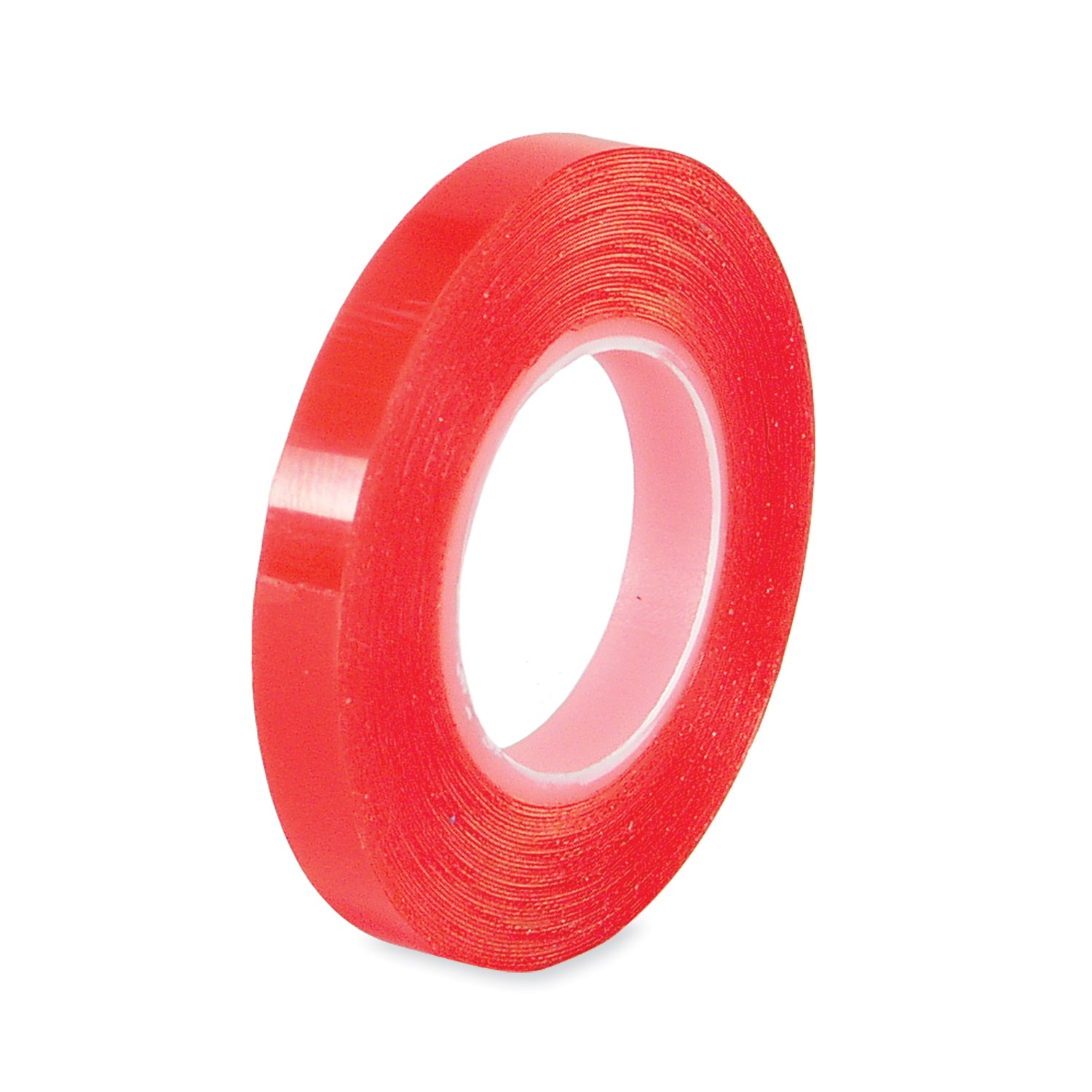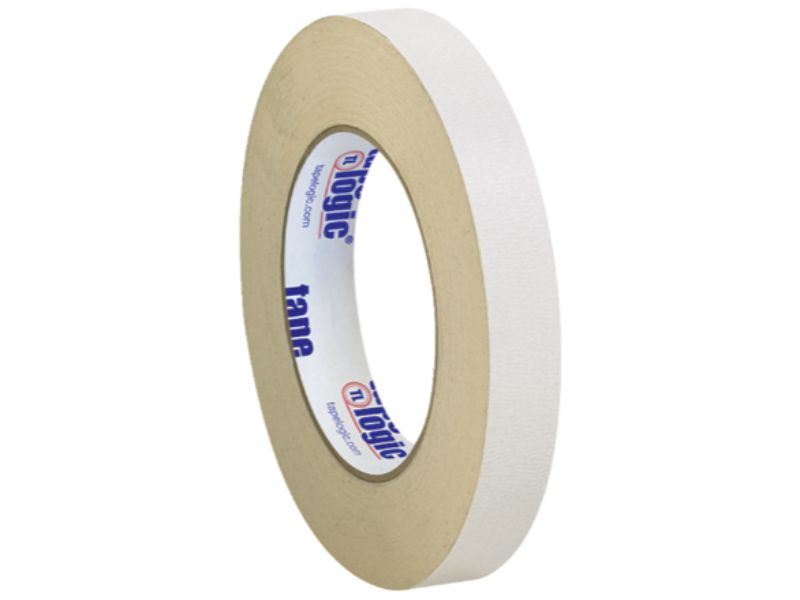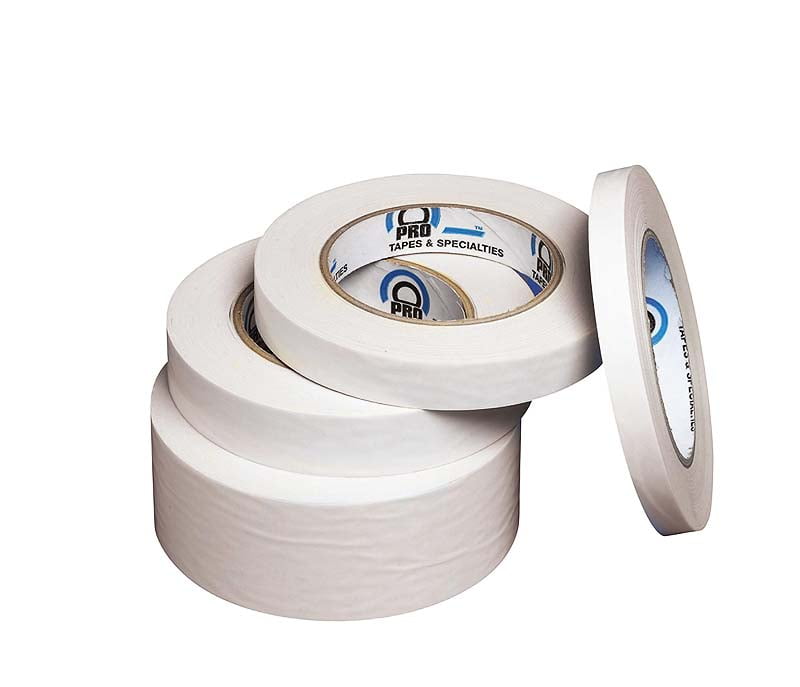

Add a bold splash of color to the center of a wall or create a faux wallpaper strip that borders the walls. Take this to the next level by adding garden-appropriate flourishes such as creeping vines or flowers.
#DOUBLE STICK MASKING TAPE PROFESSIONAL#
Use painter’s tape for both professional and do-it-yourself paint jobs. Once you have the bulk of the tape off, you can work on remaining residue with a razor or a solvent such as Goo Gone. Commercial products can also help you moisten and reactivate the glue. Go the dry route, gently heating up the tape and softening the glue from several inches away. Wait a few minutes, and try to remove the re-moisturized tape. This clean removal time can vary from several days to several weeks.īut if you do find yourself wrestling with dried out tape, there are a few methods that may help loosen it: Quality tapes also come with labels that indicate how long you can leave them on a surface before removing them.

Painter’s tape won’t give you the same headaches. It’s definitely better to prevent the problem in the first place. In extreme cases, it can even damage drywall as you struggle to remove it. As the tape sits on the surface, the adhesive settles in, becoming more and more firmly fixed. In addition to seeping paint, the major danger masking tape poses to your walls is stubborn adhesive.

The only real con of painters tape versus masking tape is the price.

Here’s a quick run-down of the pros and cons for each. The trick lies in choosing the best option for your project. Painter’s tape is specifically designed to avoid these problems.Įach product has its strengths and weaknesses. Masking tape uses a natural rubber adhesive that can leave a residue or allow seepage. In this case, you want to protect the wall from paint.Īs a result, commercial masking tape and painter’s tape share many features. “Masking” is the act of protecting a surface from change. Painters tape is actually a special kind of masking tape. What’s the Difference Between Masking Tape and Painters Tape? When can you use masking tape, and when is painting tape your best option? By understanding the two types of tape, you can proceed with confidence - saving money without sacrificing quality. But other times DIY-ers go to remove their masking tape and find seepage or residue. Sometimes the substitution works just fine. Many people opt to use masking tape instead of painters tape because it's cheaper. Painters tape and masking tape have a lot in common.


 0 kommentar(er)
0 kommentar(er)
